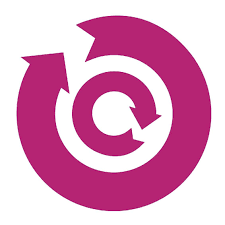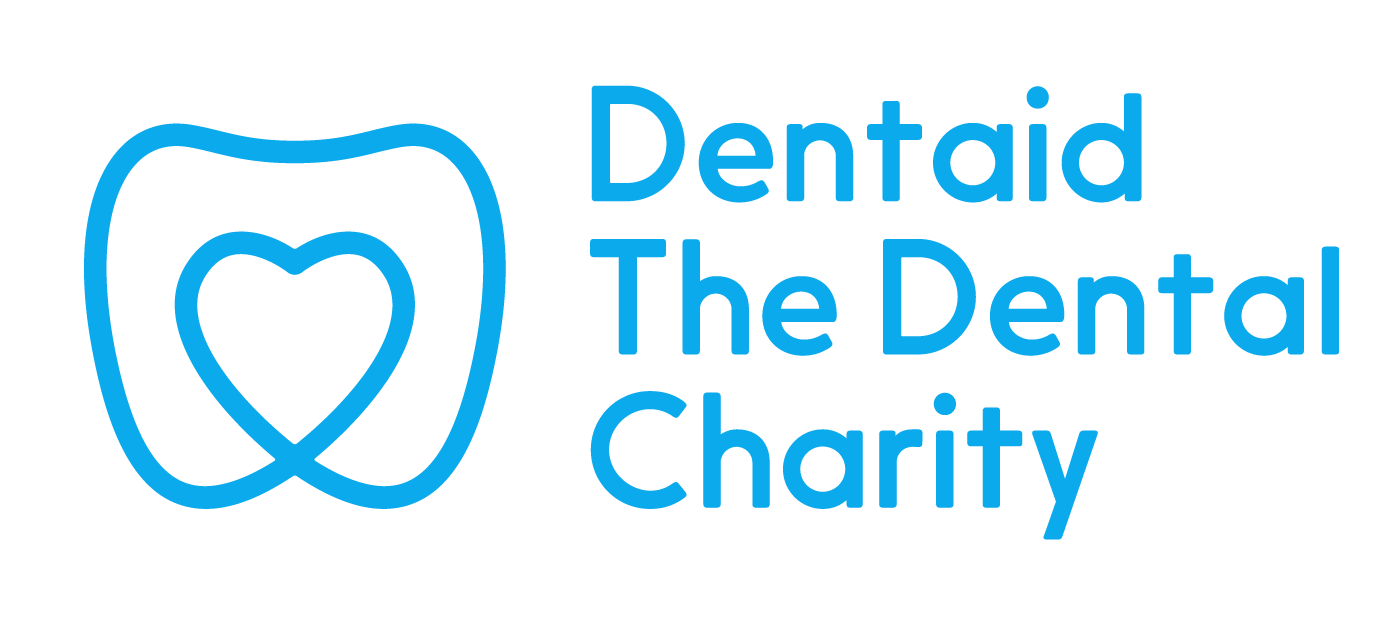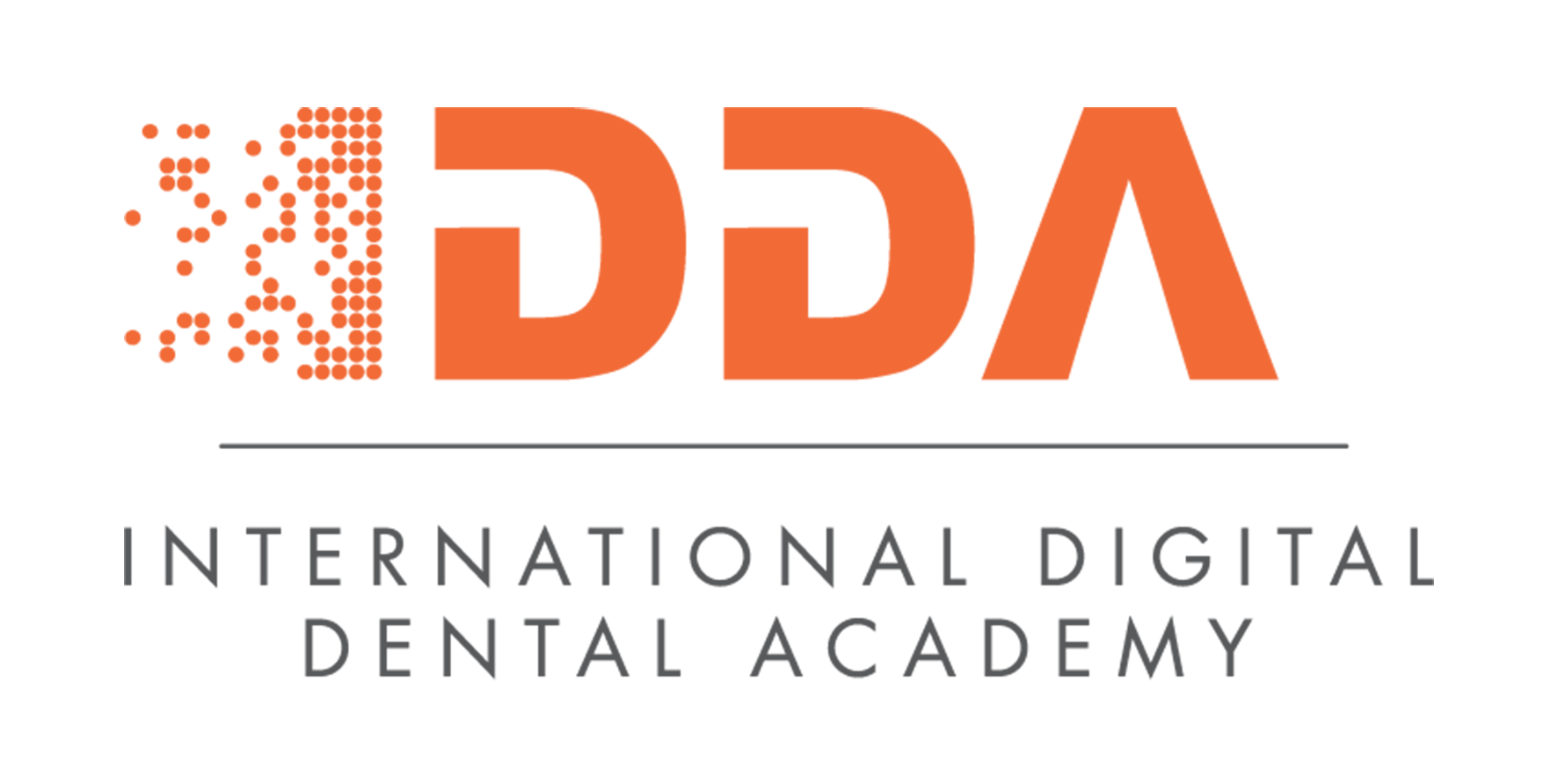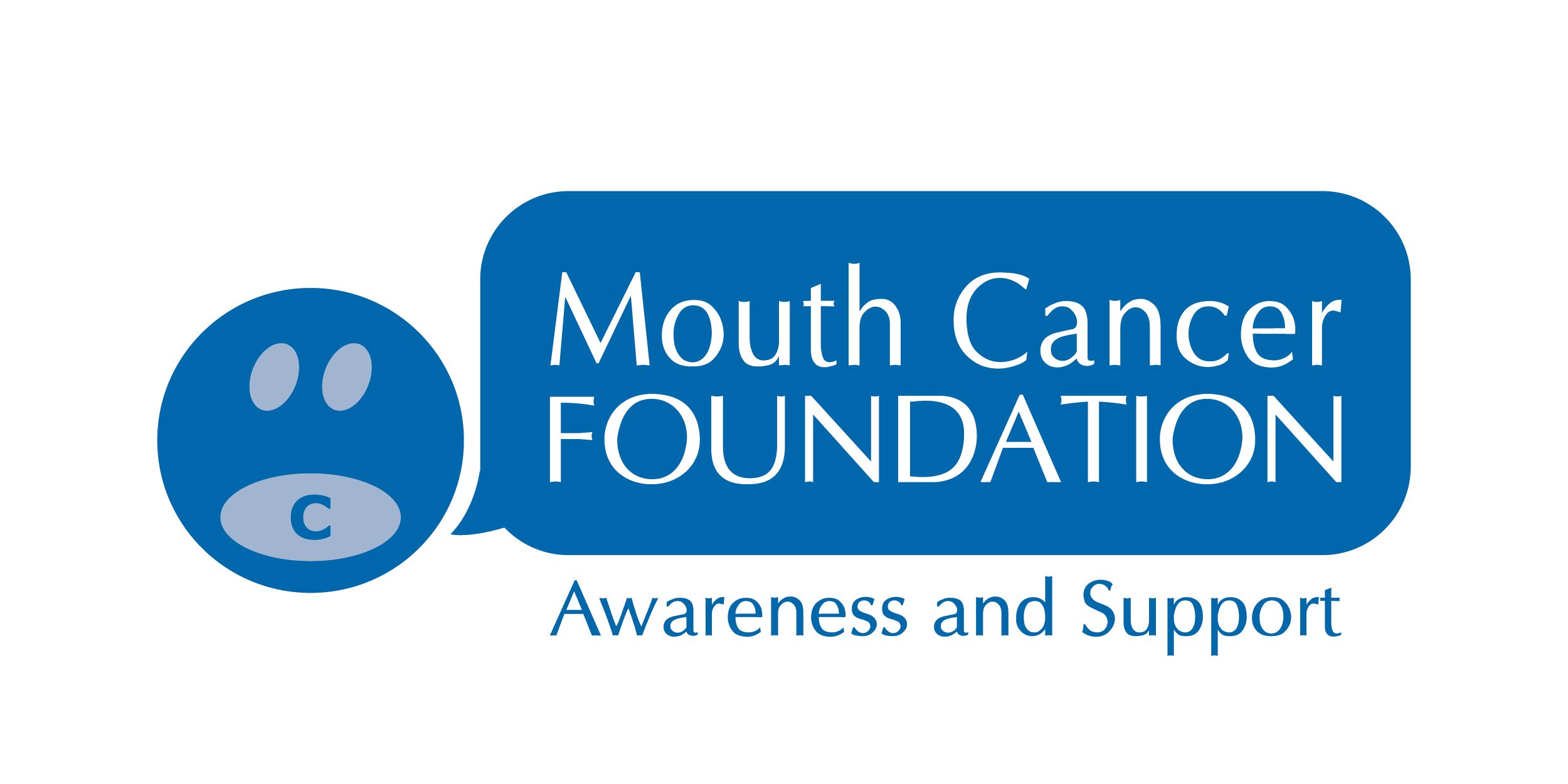AI in dentistry – is it ready?
)
There’s a lot of talk about artificial intelligence (AI) and its impact on the present and future world. Those who are for it suggest it could revolutionise tasks in everyday life, transforming industries and streamlining processes for greater efficiencies and outcomes. Among people who are more sceptical, concerns centre around how the technology may be regulated, monitored and controlled, as well as issues regarding its impact on the human workforce.
Though these are much bigger questions than anyone is so far properly equipped to answer, we can postulate about whether the technology is ready right now for what it is being implemented for.
For example, AI is often utilised to create chatbots on company websites. This involves a complex system of programs that utilise technologies such as Natural Language Understanding (NLU) and machine learning to engage in what appears to be a conversation with the user. It identifies key words in the questions it is asked, determines the intent of the question and analyses the sentiment being expressed. By understanding what is being asked and the meaning behind it, the idea is that AI technology can answer it correctly. Through machine learning, the technology will ‘remember’ conversations and learn from each interaction, essentially allowing it to answer more accurately the next time it gets a similar question.
This all sounds fantastic, right? In essence, it is and it offers exciting possibilities for many organisations to improve and broaden customer services. However, there have been some situations where concerns were raised over the answers given by AI-driven chatbots.
For example, a chatbot for an eating disorder association in the US was recently tested. Focused on supporting people with eating disorders, it linked a question about healthy eating to offering advice on loosing weight. Though you can see the association and the benefit of such information for some people, in this particular instance, it is not at all appropriate and could actually be quite dangerous.[i]
Earlier in the year, Google’s launch of its own AI-powered chatbot was delayed due to fundamental issues detected during its testing phase – when it gave a simply incorrect answer to a question. This raised concerns among the tech community about the safety of information provided through this method.[ii]
Of course, AI is already being used in some capacity – quite successfully – in dentistry. The software is mostly utilised in a way that offers a second opinion or a double check. For instance, the technology can be implemented to assess CBCT or radiographic images, with an AI-generated report supporting the clinician’s findings for added confidence. It is also used in practice management software to streamline the appointment booking process and save the team precious time.
In these circumstances, we can see that AI has been and will continue to be hugely beneficial. Perhaps for now, however, we should stick to AI processes where there is an expert overseeing the work it produces. Maybe the technology is simply not quite ready to be used by the masses in health or other niche areas that require a less clear-cut approach.
[i] Wells K. An eating disorders chatbot offered dieting advice, raising fears about AI in health. NPR. https://www.npr.org/sections/health-shots/2023/06/08/1180838096/an-eating-disorders-chatbot-offered-dieting-advice-raising-fears-about-ai-in-hea [Accessed June 2023]
[ii] Milmo D, Wearden G. AI blunders like Google chatbot’s will cause trouble for more firms, say experts. The Guardian. February 2023. https://www.theguardian.com/technology/2023/feb/09/ai-blunders-google-chatbot-chatgpt-cause-trouble-more-firms [Accessed June 2023]
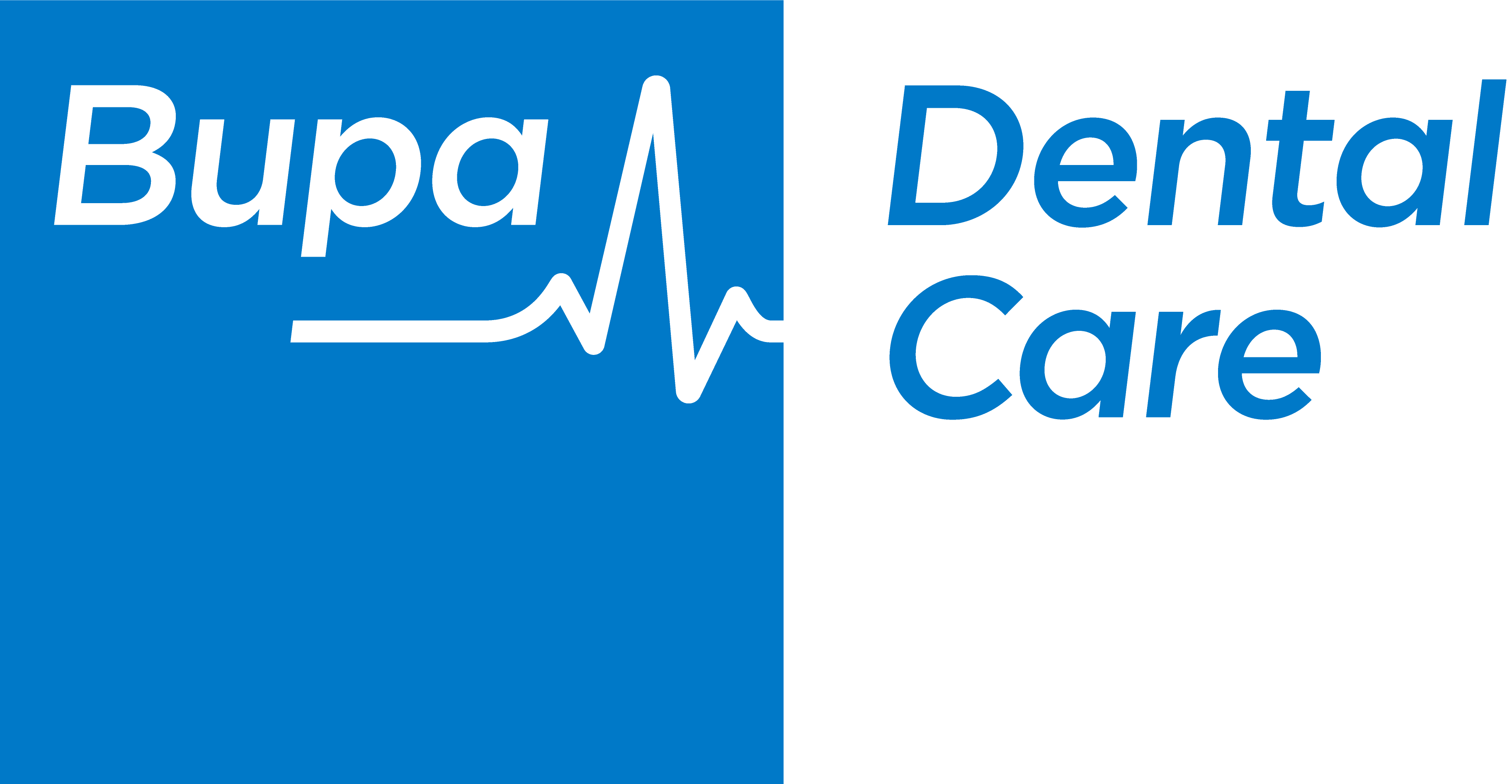


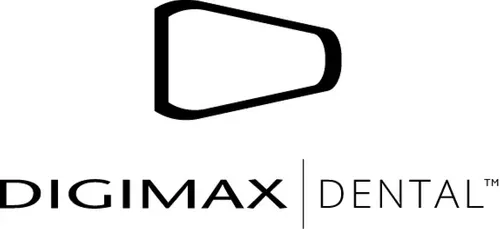

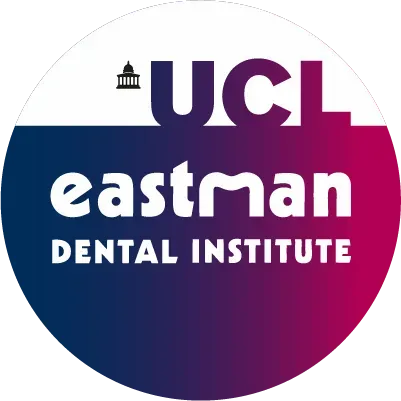
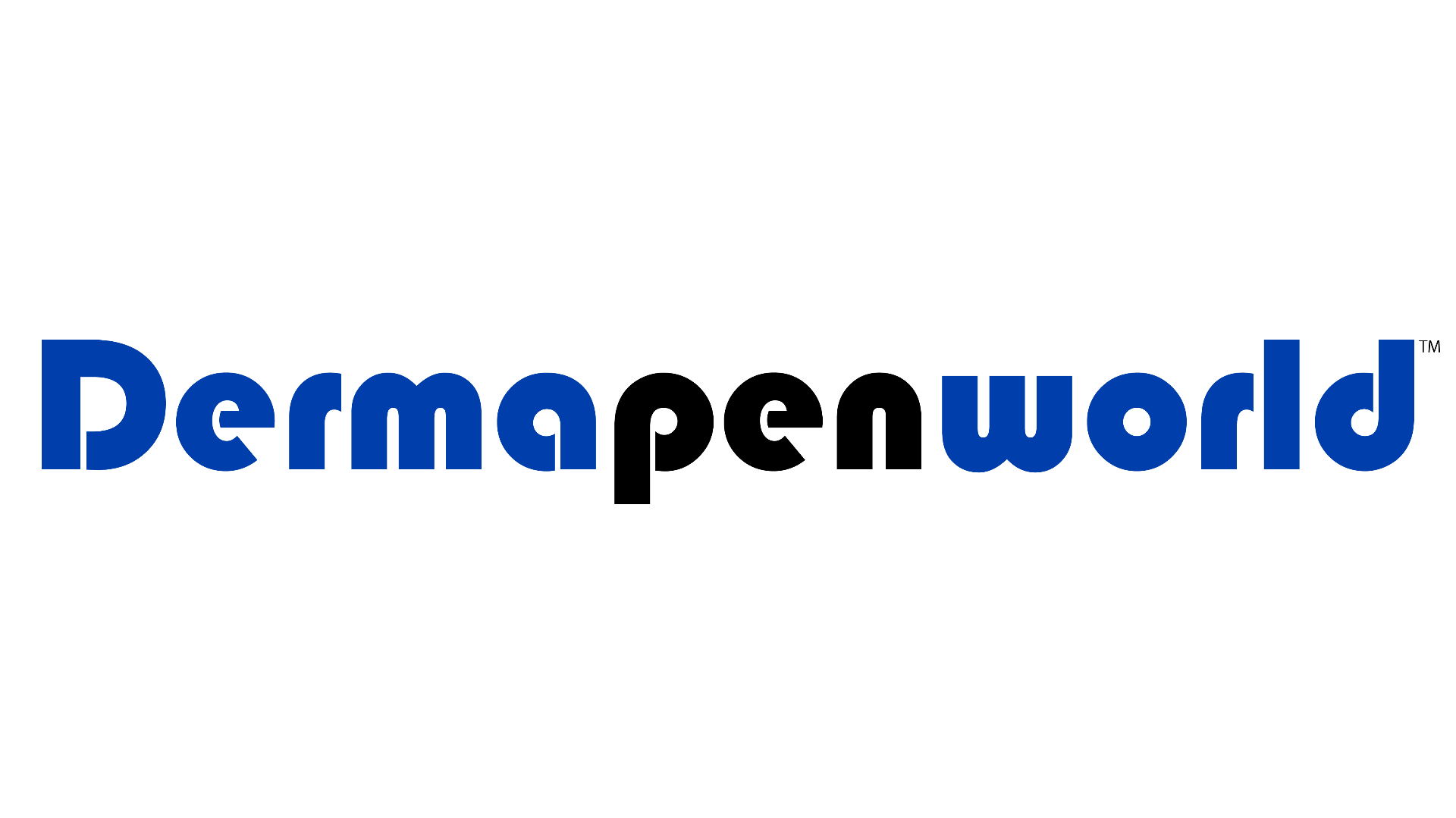










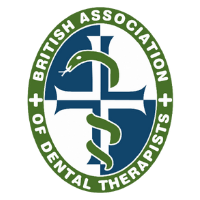

.jpg)

